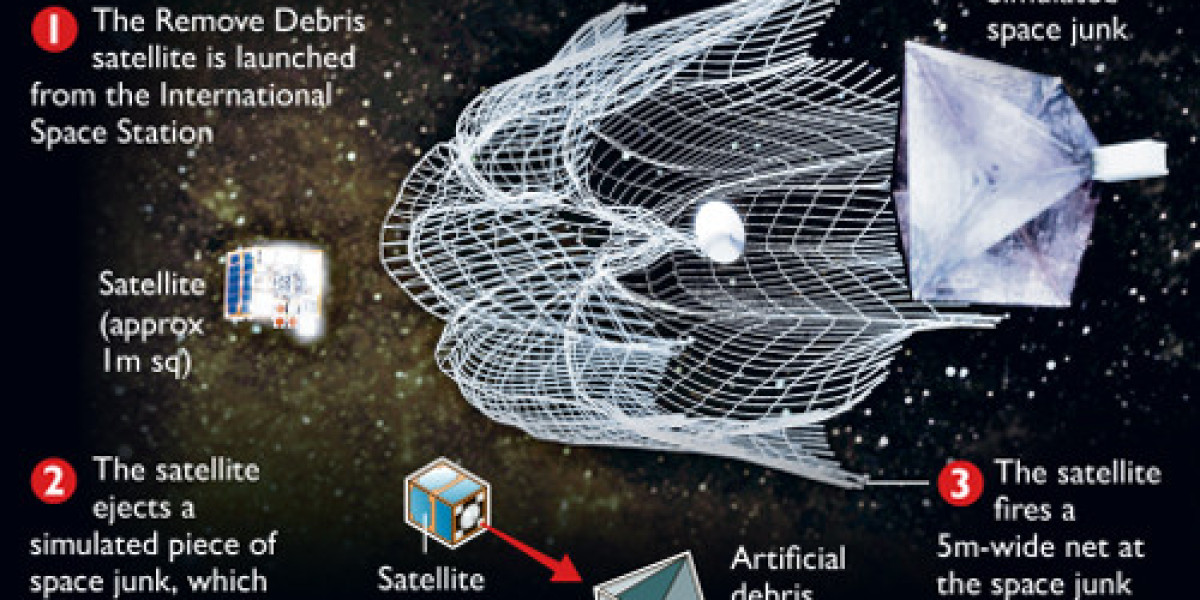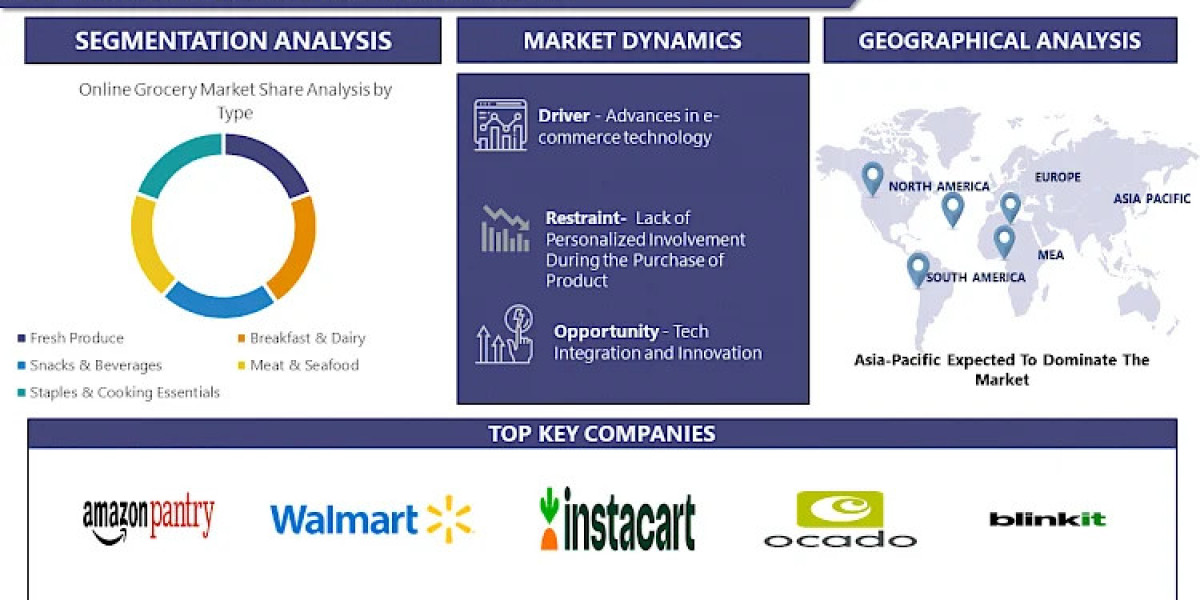Space debris poses a significant threat to the safety and sustainability of space exploration and satellite operations. With thousands of defunct satellites, spent rocket stages, and other debris orbiting Earth, the need for effective removal strategies has become increasingly urgent. In recent years, innovative approaches such as "Moonraking" have emerged as potential solutions to this pressing challenge. This article explores the concept of Moonraking and how it is being developed to address the growing issue of space debris.
Understanding the Problem: Space debris, also known as space junk, encompasses a wide range of objects orbiting Earth, including fragments from disintegrated spacecraft, spent rocket stages, and defunct satellites. Despite their relatively small size, these debris pose a significant threat due to their high velocities, capable of causing catastrophic collisions with operational satellites and spacecraft. The Kessler Syndrome, a theoretical scenario proposed by NASA scientist Donald J. Kessler in 1978, describes a chain reaction of collisions that could exponentially increase the amount of debris in orbit, making certain orbital paths unusable.
The proliferation of space debris is primarily attributed to decades of space exploration, satellite launches, and the absence of comprehensive debris mitigation measures. As the number of satellites and space missions continues to rise, so does the risk of collisions and the generation of more debris. Consequently, there is an urgent need to develop effective strategies for removing existing debris to ensure the long-term sustainability of space activities.
Moonraking: A Novel Approach to Debris Removal: Moonraking, inspired by the ancient practice of searching for hidden treasures or lost items, represents a novel approach to space debris removal. Unlike traditional methods that rely on ground-based technologies or satellite-based capture mechanisms, Moonraking involves the deployment of specialized spacecraft equipped with advanced technologies to locate, capture, and deorbit debris.
The concept of Moonraking draws upon principles of robotics, artificial intelligence, and orbital dynamics to create autonomous or semi-autonomous spacecraft capable of navigating through complex orbital environments and interacting with debris objects. These spacecraft may employ a variety of capture mechanisms, including robotic arms, nets, harpoons, or even adhesive substances to securely grasp and stabilize the debris for removal.
One of the key advantages of Moonraking is its versatility and scalability. Unlike traditional capture methods that require individual missions for each debris object, Moonraking spacecraft could be deployed in swarms or constellations, allowing them to efficiently target multiple debris objects across different orbital trajectories. Additionally, Moonraking missions could be coordinated with satellite servicing or maintenance operations, maximizing the utilization of resources and infrastructure in space.
Technological Innovations Driving Moonraking: Several technological innovations are driving the development of Moonraking capabilities, enabling more precise, efficient, and cost-effective debris removal operations:
Autonomous Navigation Systems: Moonraking spacecraft rely on advanced autonomous navigation systems powered by artificial intelligence algorithms. These systems enable real-time decision-making and adaptive behavior, allowing spacecraft to respond to dynamic changes in orbital conditions and debris trajectories.
Vision-based Sensing Technologies: High-resolution cameras, LIDAR (Light Detection and Ranging), and other vision-based sensing technologies are used to identify and track debris objects with precision. Machine learning algorithms analyze sensor data to recognize and classify debris based on size, shape, and motion characteristics.
Multi-purpose Capture Mechanisms: Moonraking spacecraft are equipped with versatile capture mechanisms capable of accommodating different types of debris objects. From delicate satellites to bulky rocket stages, these capture systems can adapt to various shapes and sizes, ensuring reliable and secure removal operations.
Propulsion and Maneuvering Systems: Efficient propulsion and maneuvering systems are essential for navigating through space and approaching debris objects with precision. Solar-electric propulsion, ion thrusters, and other advanced propulsion technologies provide the necessary thrust and delta-v capability for orbital maneuvering and deorbiting maneuvers.
Deorbiting and Reentry Strategies: Once captured, debris objects must be safely deorbited to ensure they burn up upon reentry into the Earth's atmosphere. Moonraking spacecraft employ controlled deorbiting maneuvers or deploy specialized reentry modules to facilitate the safe disposal of debris without posing additional risks to operational satellites or populated areas.
Challenges and Future Directions: While Moonraking holds great promise for addressing the challenge of space debris removal, several technical, operational, and regulatory challenges must be overcome:
Orbital Dynamics and Collision Avoidance: Navigating through crowded orbital environments requires precise orbital dynamics calculations and collision avoidance strategies to prevent inadvertent collisions with operational satellites or other debris objects.
International Cooperation and Governance: Space debris removal efforts necessitate international cooperation and coordination to establish clear regulations, standards, and protocols for debris mitigation and removal activities.
Cost and Funding: The development and deployment of Moonraking spacecraft involve significant costs, requiring sustained funding and investment from government agencies, private companies, and international organizations.
Sustainability and Environmental Impact: While space debris removal is essential for ensuring the long-term sustainability of space activities, efforts must be made to minimize the environmental impact of debris removal operations and disposal methods.
Looking ahead, continued research, development, and collaboration will be crucial for advancing Moonraking capabilities and realizing its full potential in addressing the urgent challenge of space debris removal. By leveraging innovative technologies and adopting a proactive approach to debris mitigation, the global space community can safeguard the future of space exploration and satellite operations for generations to come.
Conclusion: Moonraking represents a groundbreaking approach to tackling the pressing issue of space debris removal. By harnessing the power of robotics, artificial intelligence, and advanced propulsion technologies, Moonraking spacecraft offer a versatile and scalable solution for locating, capturing, and deorbiting debris objects orbiting Earth. While significant challenges remain, the ongoing efforts to develop and deploy Moonraking capabilities signal a promising step towards ensuring the sustainability and safety of space activities in the years to come. As we continue to explore the final frontier, Moonraking stands as a beacon of innovation and collaboration in the quest to preserve the integrity of space for future generations.








